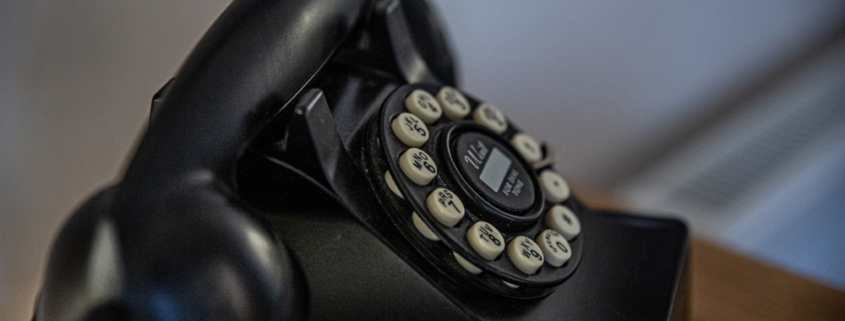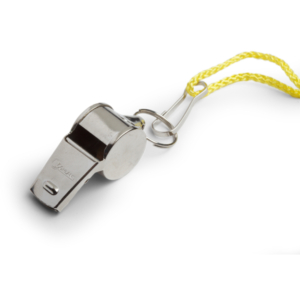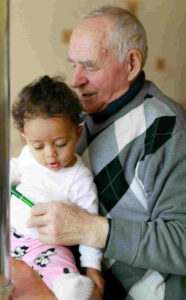Need a pick me up? Read on! I thoroughly believe we need to remember that “we got this” and hopefully you will have a smile appear on your face as you read through the below quotes from various characters.
These quotes encapsulate timeless wisdom and lessons that can provide much-needed inspiration and guidance during times of struggle. When we face challenges and uncertainties, we can feel encouraged to push through with determination, and remember to live in the present and appreciate the opportunities life offers. Enjoy!
Chief Brody -“Jaws”:
“You’re gonna need a bigger boat.”
-
- Problem solving a little too late maybe? Have contingency plans!
- On a personal note, I started with this quote because there is a framed picture on my parents wall (20+ years now) that reads “no sharks in the boat”, inspired by my little brother around the age of 3 who saw some of the movie Jaws (unbeknownst to my mother), and promptly proclaimed, “no sharks in the boat!” It became a family motto in our home, with the sentiment that we need to do our best to keep the “bad” out. We were taught to be prepared in multiple areas of our life, to have a safe and ready boat to tackle whatever came our way.
Gandalf – “The Lord of the Rings” by J.R.R. Tolkien:
“A wizard is never late, nor is he early, he arrives precisely when he means to.”
-
- Take your time and do it the best way you know how
 Hermione Granger – “Harry Potter” by J.K. Rowling:
Hermione Granger – “Harry Potter” by J.K. Rowling:
“When in doubt, go to the library.”
-
- Or somewhere else you love to be! Find peace in a safe space in times of need
Indiana Jones – “Indiana Jones”:
“I prepare for the worst, but I do my best.”
-
- And when you are faced with challenges, be like Indiana Jones. He prepared for the worst by having a survival kit and a collapsible raft in his pack – which ultimately saved their lives!
- As an avid hiker, I have the reputation as being the one with the Mary-Poppins bag because I have “everything” in it just in case.
Bear Grylls – “Man vs. Wild”:
“Survival can be summed up in three words: never give up. That’s the heart of it really. Just keep trying.”
Les Stroud – “Survivorman”:
“The more you know, the less you carry.”
-
- This right here is a gem – knowledge is power. Our continuing to learn and grow will always prepare us for the future
The Doctor – “Doctor Who”:
“In 900 years of time and space, I’ve never met anyone who wasn’t important.”
-
- We ALL have a purpose and a part to play, no matter who you are! Give roles and responsibilities to everyone, for everyone has value to add.
John Locke – “Lost”:
“Don’t tell me what I can’t do.”
-
- Think positive! My personal motto of 2023 has been ‘I can do hard things’. The same lesson is learned by the beloved Little Engine that could by saying, “I think I can”!
Mr. Miyagi – “The Karate Kid”:
“First learn to stand, then learn to fly.”
Professor Dumbledore – “Harry Potter” by J.K. Rowling:
“Happiness can be found even in the darkest of times if one only remembers to turn on the light.”
Sherlock Holmes – Arthur Conan Doyle:
“It’s elementary, my dear Watson.”
Katniss Everdeen – “The Hunger Games” by Suzanne Collins:
“May the odds be ever in your favor.”
Petyr Baelish – “Game of Thrones” by George R.R. Martin:
“Chaos isn’t a pit. Chaos is a ladder.”
-
- We always have a way, whatever direction that may be. I love the imagery of feeling like I am at a bottom of a ladder with a way out, versus at the bottom of a pit where I am stuck.
Samwise Gamgee – “The Lord of the Rings” by J.R.R. Tolkien:
“Even the smallest person can change the course of the future.”

- No matter how big, small, short, or tall we are, our hearts and attitudes matter. I am reminded of Dr. Seuss:
- “You’re off to Great Places! Today is your day! Your mountain is waiting, So… get on your way!” – From “Oh, the Places You’ll Go!”
- “Think and wonder, wonder and think.” – From “Oh, the Thinks You Can Think!”
- “Why fit in when you were born to stand out?” – From “The Cat in the Hat”
- “You have feet in your shoes. You can steer yourself any direction you choose.” – From “Oh, the Places You’ll Go!”
- “You’ll miss the best things if you keep your eyes shut.” – From “I Can Read with My Eyes Shut!”
- “You are you. Now, isn’t that pleasant?” – From “Happy Birthday to You!”
- “Sometimes the questions are complicated and the answers are simple.” – From “Dr. Seuss’s Sleep Book”
- “Unless someone like you cares a whole awful lot, nothing is going to get better. It’s not.” – From “The Lorax”
Aragorn – “The Lord of the Rings” by J.R.R. Tolkien:
“A day may come when the courage of men fails, but it is not this day.”
-
- Never give up, never surrender! Okay, that’s another movie quote, but it fits.
Morpheus – “The Matrix”:
“I’m trying to free your mind, Neo. But I can only show you the door. You’re the one that has to walk through it.”
Captain Jack Sparrow – “Pirates of the Caribbean”:
“The problem is not the problem. The problem is your attitude about the problem.”
-
- This right here is what I keep telling my teenager – maybe I should wear a pirate hat next time I say it?
Ellie Sattler – “Jurassic Park” by Michael Crichton:
“Life will find a way.”
-
- Persevere my friends!
 Rocky Balboa from “Rocky”:
Rocky Balboa from “Rocky”:
“It ain’t about how hard you hit. It’s about how hard you can get hit and keep moving forward.”
Yoda – “Star Wars”: “Do, or do not. There is no try.”
Mulan – “Mulan”:
“The flower that blooms in adversity is the most rare and beautiful of all.”
-
-
- Lesson: Be a flower
-
Captain America – “The Avengers”:
“I can do this all day.”
-
- Me to Cap, me too.
Po – “Kung Fu Panda”:

“The past is history, the future is a mystery, and today is a gift… that’s why they call it the present.
These pep talk quotes remind us to stay determined, face challenges with resilience, and seize the opportunities that come our way.
Have a wonderful day!






